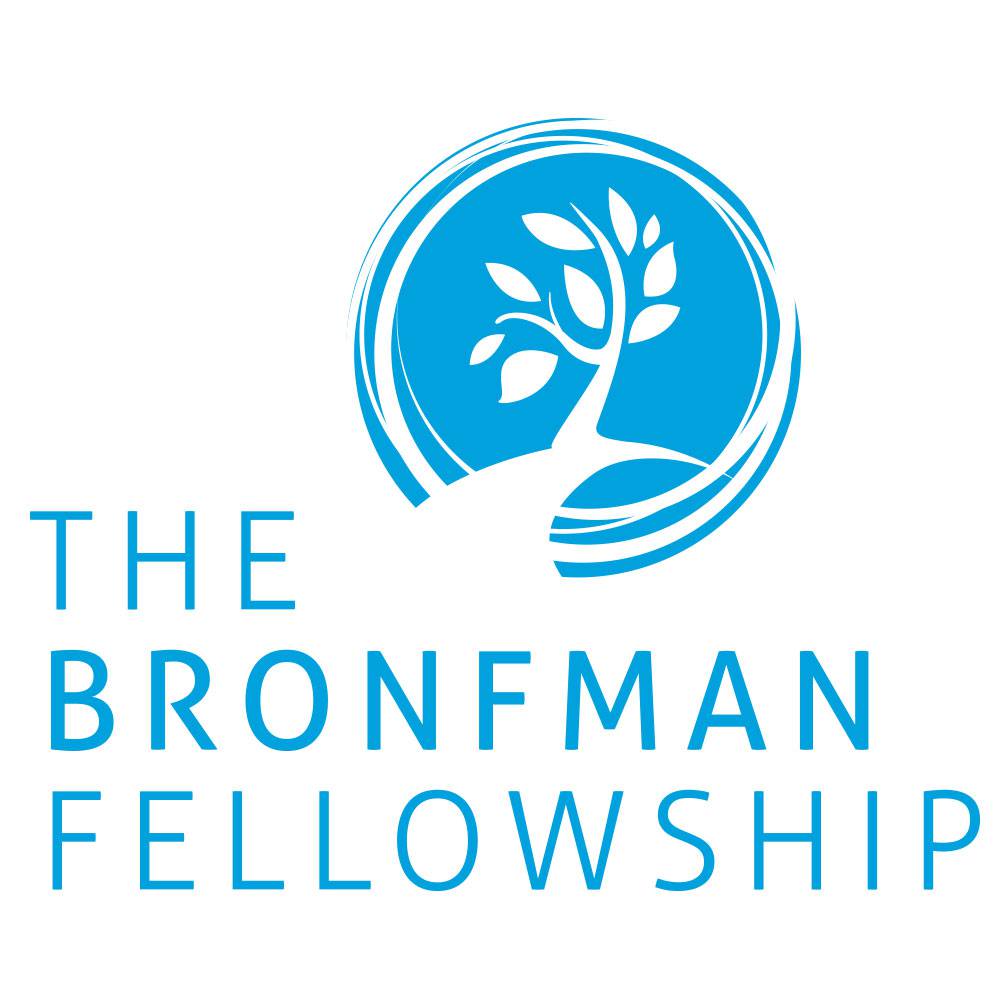אמר רבי חמא (אמר רבי) חנינא מאי דכתיב (משלי כז, יז) ברזל בברזל יחד לומר לך מה ברזל זה אחד מחדד את חבירו אף שני תלמידי חכמים מחדדין זה את זה בהלכה אמר רבה בר בר חנה למה נמשלו דברי תורה כאש שנאמר (ירמיהו כג, כט) הלא כה דברי כאש נאם ה' לומר לך מה אש אינו דולק יחידי אף דברי תורה אין מתקיימין ביחידי
The Gemara cites other expositions that deal with Torah study. Rabbi Ḥama, son of Rabbi Ḥanina, said: What is the meaning of that which is written: “Iron sharpens iron, so a man sharpens the countenance of his friend” (Proverbs 27:17)? This verse comes to tell you that just as with these iron implements, one sharpens the other when they are rubbed against each other, so too, when Torah scholars study together, they sharpen one another in halakha. Rabba bar bar Ḥana said: Why are matters of Torah compared to fire, as it is stated: “Is not My word like fire, says the Lord” (Jeremiah 23:29)? To tell you: Just as fire does not ignite in a lone stick of wood but in a pile of kindling, so too, matters of Torah are not retained and understood properly by a lone scholar who studies by himself, but by a group of Sages.
One of the hallmarks of the Bronfman Fellowships has always been the studying in hevruta (study partnership) of Talmudic stories. From Rabbi Shimon Ben Zakkai who stealthily leaves Jerusalem in a coffin to Elisha ben Avuyah whose heresy has become part and parcel of the Talmudic faith, these stories have served as fodder for many a good study session over the years. As the Bronfman Fellowships enters its 30th year, we are excited to be share these Talmudic stories in an accessible and engaging format, hoping to inspire new hevruta study in the coming year.
What will you find here?
This booklet compiles eighteen stories that have been taught over the years at the Bronfman Fellowships. Some are classics, others less well known, and the selection is far from exhaustive, but we’ve found these stories to be especially resonant for Hevruta study.
Over the months of Fall 2016, the Bronfman Fellowships alumni community will be sharing further resources to study some of these Talmudic stories. Beyond the detailed source sheets herein, you’ll be invited to access short introductory videos, online discussion classes, written reflections and BYFI hevruta pairings.
Whether you’re studying the stories on your own or with a hevruta of your choosing (family member, friend, old BYFI roommate), calling in to our live online sessions or discussing them with friends, we hope you find these stories present a great excuse to enter the Beit Midrash, the Jewish House of Study.
Why the Stories of the Talmud?
Stories are never "just stories". Once hatched they present a fascinating world of values, psychologies and politics. In the Talmud we find some intense and mystifying stories. These stories invite us into the Rabbinic mind and are a window to understanding that key intersection of Jewish intellectual history: the Talmud. Talmudic stories range from "historic" stories of the destruction of the temple and the struggles between the Rabbis to "personal" stories of husbands and wives, parents and children, rabbis and students. These stories represent the “old chestnuts” of contemporary Jewish Talmud study, including many that have been studied in the Bronfman House of Study over the years – and some fresh additions. Each tale invites the learners to explore a different set of psychological, theological, existential and political questions, discussing its personal and contemporary relevance as well as its literary and historical meaning.
Rabbi Mishael Zion, Community Scholar and Rabbi
Jerusalem, Elul 2016
What will you find here?
This booklet compiles eighteen stories that have been taught over the years at the Bronfman Fellowships. Some are classics, others less well known, and the selection is far from exhaustive, but we’ve found these stories to be especially resonant for Hevruta study.
Over the months of Fall 2016, the Bronfman Fellowships alumni community will be sharing further resources to study some of these Talmudic stories. Beyond the detailed source sheets herein, you’ll be invited to access short introductory videos, online discussion classes, written reflections and BYFI hevruta pairings.
Whether you’re studying the stories on your own or with a hevruta of your choosing (family member, friend, old BYFI roommate), calling in to our live online sessions or discussing them with friends, we hope you find these stories present a great excuse to enter the Beit Midrash, the Jewish House of Study.
Why the Stories of the Talmud?
Stories are never "just stories". Once hatched they present a fascinating world of values, psychologies and politics. In the Talmud we find some intense and mystifying stories. These stories invite us into the Rabbinic mind and are a window to understanding that key intersection of Jewish intellectual history: the Talmud. Talmudic stories range from "historic" stories of the destruction of the temple and the struggles between the Rabbis to "personal" stories of husbands and wives, parents and children, rabbis and students. These stories represent the “old chestnuts” of contemporary Jewish Talmud study, including many that have been studied in the Bronfman House of Study over the years – and some fresh additions. Each tale invites the learners to explore a different set of psychological, theological, existential and political questions, discussing its personal and contemporary relevance as well as its literary and historical meaning.
Rabbi Mishael Zion, Community Scholar and Rabbi
Jerusalem, Elul 2016




